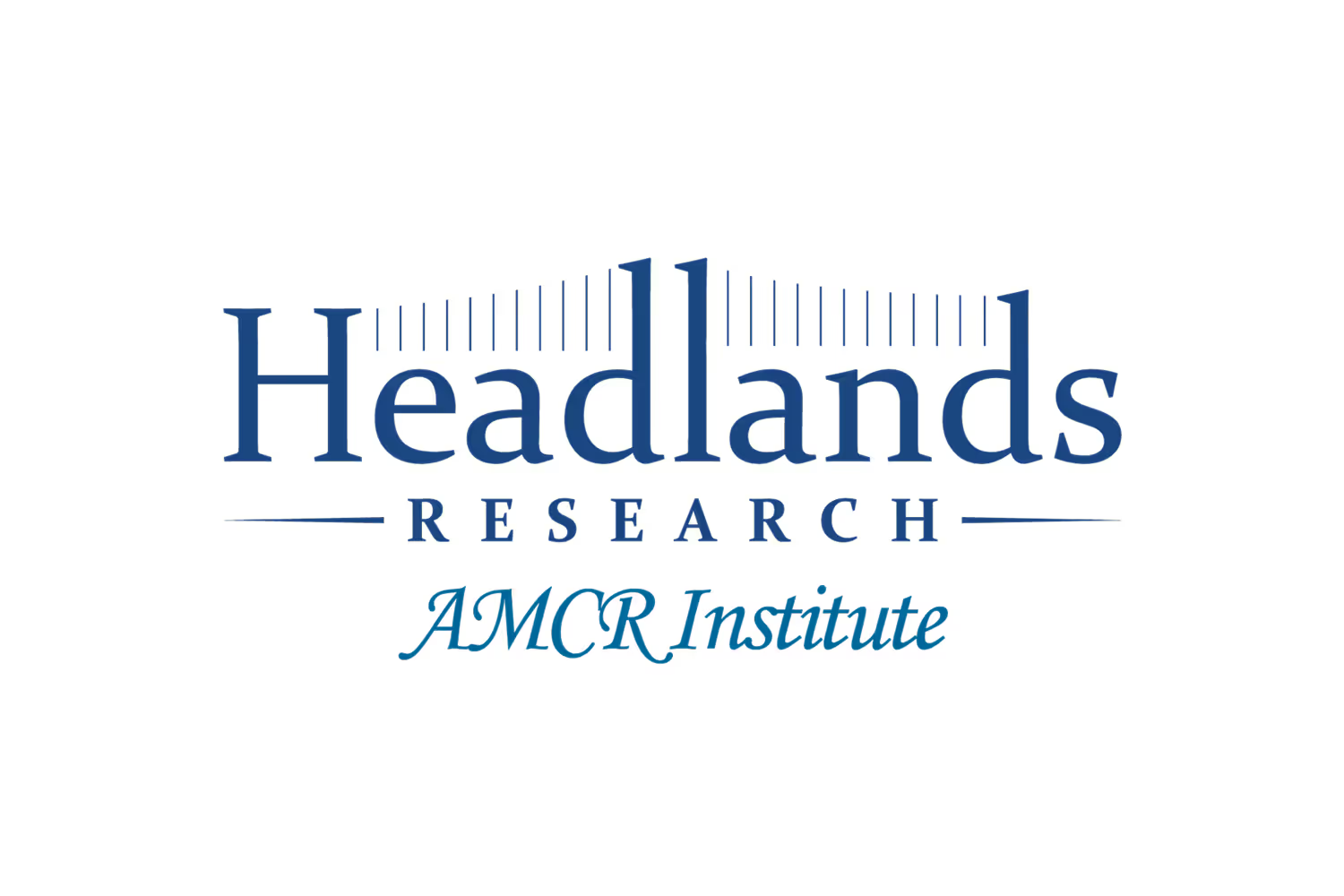
The Data Challenge in Diabetes Care
Diabetes is a disease of numbers—and nuance.
Each patient generates constant streams of data: glucose readings, insulin doses, CGM trends, diet logs, and activity levels.
Yet much of this data remains trapped in disconnected devices and portals.
Endocrinologists spend valuable time collecting, interpreting, and reconciling numbers instead of focusing on strategy and education.
AI is changing that. By automating analysis, surfacing insights, and integrating information directly into the clinical workflow, it’s helping specialists manage diabetes with precision and ease.
1. Unify Data Across Devices and Platforms
One of the biggest barriers to efficiency is fragmentation.
AI can integrate data from CGMs, pumps, glucometers, and EHRs—standardizing units, identifying gaps, and displaying everything in one real-time dashboard.
This unified view allows endocrinologists to see patterns instantly, without juggling multiple logins or manual uploads.
It’s not just cleaner data—it’s actionable data.
2. Automate Pattern Recognition and Risk Detection
AI can analyze glucose trends automatically, identifying patterns like:
- Consistent postprandial spikes
- Overnight hypoglycemia
- Variability after medication adjustments
The system can flag concerning trends early and suggest possible clinical interpretations.
This means fewer missed insights and faster intervention—especially for high-risk patients.
3. Personalize Treatment Adjustments
AI tools can simulate how changes in dosage or diet may affect glycemic outcomes, providing evidence-based guidance for dose titration or therapy modification.
Instead of relying solely on retrospective review, endocrinologists can see projected impacts of treatment adjustments before making them.
That allows for safer, more confident decision-making and better long-term control.
4. Support Continuous Patient Monitoring
AI-driven alerts can notify care teams when patients trend out of range—based on customizable thresholds and clinical priorities.
This enables proactive outreach rather than reactive scheduling.
For example:
- Sending a message when CGM averages exceed targets
- Alerting care teams to recurring hypoglycemia patterns
- Triggering follow-up visits for early intervention
Continuous intelligence means continuous care—without increasing workload.
5. Improve Patient Engagement Through Insightful Communication
AI can generate easy-to-understand reports that translate data into actionable insights for patients.
Graphs, summaries, and recommendations help patients visualize progress, understand trends, and feel empowered in their own care.
This transparency strengthens adherence and builds trust—two key ingredients for better outcomes.
Why Endocrinology Teams Choose Honey Health for Smarter Diabetes Management
Honey Health brings AI-driven structure to diabetes care.
Its platform unites data from multiple systems, analyzes trends, and automates outreach—allowing providers to focus on decision-making, not data management.
Key advantages include:
- Unified Device Integration: Aggregates CGM, pump, and lab data in one view.
- Automated Insight Detection: Flags patterns and anomalies instantly.
- Predictive Modeling: Supports dosage and therapy optimization.
- Proactive Alerts: Enables early intervention before complications occur.
- Patient-Friendly Reports: Simplifies data for education and motivation.
With Honey Health, diabetes management becomes more precise, efficient, and patient-centered.
Smarter Data, Better Care
In diabetes care, every number matters—but the insight behind it matters more.
AI gives endocrinologists the tools to see the whole picture, act faster, and personalize care without drowning in data.
It’s not just automation—it’s augmentation.
And with Honey Health, endocrinologists can turn every data point into an opportunity for better health.


